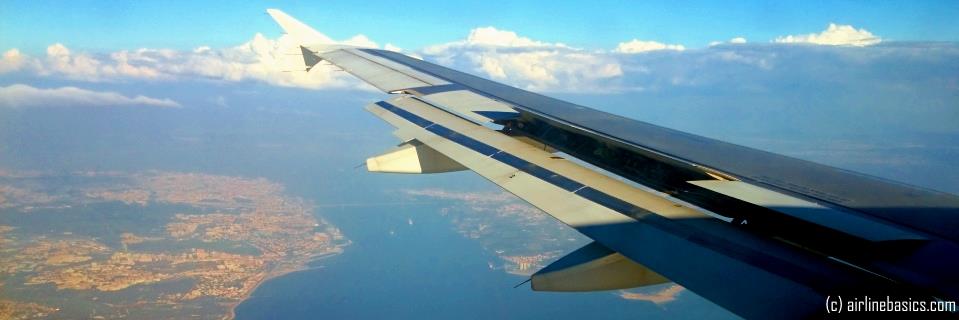This is the first post of a series on aircraft airworthiness management and I will do my best to get you into the subject of airworthiness as a whole, explain what it is all about and define what airlines need to watch for in order to make sure that their aircraft remain airworthy.
Let’s start off with an attempt to define what “airworthy” actually means. For the English native speakers out there it’s probably quite self explanatory, but I may not be for everyone. Airworthy means, in other words, worthy of being taken to the air. So, an airworthy aircraft is an aircraft which can be safely flown. And an aircraft can be safely flown if it meets all of its design specifications and all law requirements which are set up to assure a high level of safety for the passengers, crew and cargo.
In the regulations which you may have come across, there’s often talk about “continuous airworthiness management” rather than just airworthiness. This also may have caused some confusion. Does this mean that an aircraft has to be airworthy 100% of the time? Of course not. If an aircraft suffers a defect or an engine has been removed for maintenance it, quite obviously, looses its airworthiness for a certain time period. What, however, may never happen is for the aircraft to take off in such state (although there are exception, which I’ll discuss in a later post). So, it is the responsibility of the airline’s continuous airworthiness manager and her or his department to ensure that the aircraft are always airworthy whenever they’re airborne on a commercial flight.
What about the management? It should be fairly easy, right? Just make sure that the aircraft does not fly unless it’s fit to do so … Unfortunately, that is not as straightforward as it may sound. To manage the airworthiness of an aircraft (and, most often, several fleets of different types of aircraft) means to assure that all maintenance tasks have been accomplished in their respective due time, that all repairs and flaws have been rectified properly and that all other requirements are complied with. We will get into more details of what the particular tasks actually are, but for now we can leave it at that because I want to focus some more on the actual explanation of how airworthiness management works and what it relation to actual maintenance really is.
Let’s make a quick comparison of an aircraft to a car. If an aircraft needs to airworthy, I guess we could say that a car needs to be roadworthy for you, as a driver, to travel safely from A to B. If you want to get some seamless driving with a very limited risk of the car quitting on you at the least expected (and fortunate) moment you will want to visit the car shop often enough for them to make sure that everything is in order. When you bring your car (fully working car) into the shop, the people there will ask you what you want to have done with it. And this question makes you the “roadworthiness manager” of your car! You will need to know what needs to be done – you may, for instance, ask them to refill your cooling liquid and replace the brakes, because you know (and no-one else does) that they will wear off in a short time from now. Furthermore, you may want to consult your car’s owner’s manual to find out that at the given mileage you should also replace the cabin air filter and do a check of the fuel lines to make sure they’re not leaking. So you will ask them to do that as well. And, last but not least, if anything stopped working properly (like a burned light bulb) you will need to make sure that it gets fixed. And to total things up – you will want to assure that all that work is done correctly, in a timeframe that you accept and at a price that you’re willing to pay.
All of the above is, in a nutshell, what an airworthiness department does with the aircraft they manage. They need to know what must be done, and they need to oversee that the maintenance organization of their choice does the job right. They, however, do not have to know how to do it, just like you may not have any experience in changing the brakes in your car.
So, to summarize, continuous airworthiness management assures that each time any aircraft in your airline’s fleet is airborne, it is perfectly safe from the viewpoint of corresponding local and international requirements, your engineering wisdom and common sense.



Leave a Reply